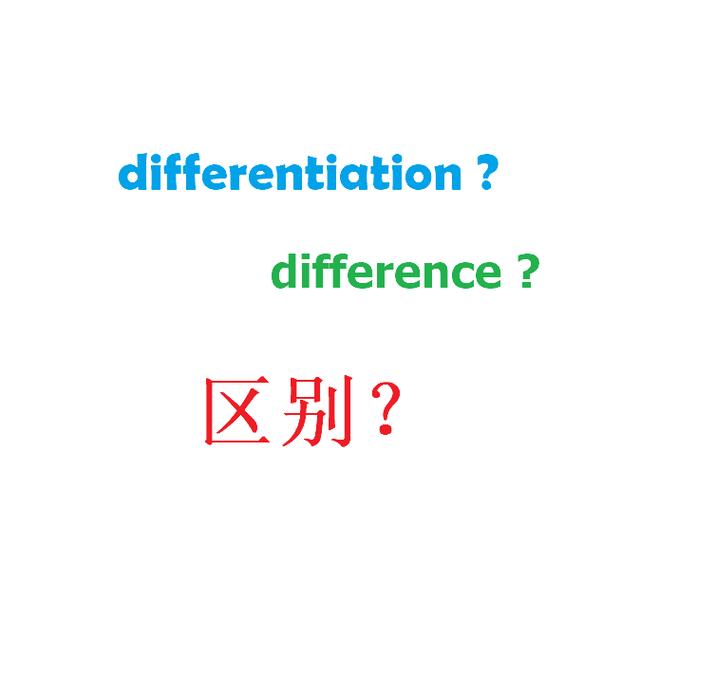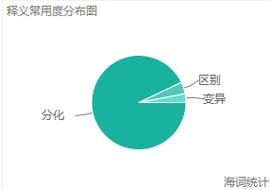
Difference Between WETH and ETH: A Comprehensive Overview
When diving into the world of Ethereum, you might come across two terms that often seem interchangeable: WETH and ETH. But there’s more to these terms than meets the eye. In this detailed exploration, we’ll delve into the nuances that differentiate WETH from ETH, covering various aspects such as their functionalities, use cases, and the underlying technology that powers them.
Understanding WETH
WETH, short for Wrapped Ether, is an ERC-20 token that represents Ether (ETH) on the Ethereum blockchain. It was created to facilitate the integration of Ether into decentralized finance (DeFi) applications that primarily operate on the ERC-20 standard. Here’s a closer look at what makes WETH unique:

-
ERC-20 Compatibility: WETH is designed to be fully compatible with the ERC-20 token standard, which is widely adopted in the DeFi ecosystem. This compatibility allows WETH to be used in various DeFi protocols, exchanges, and applications that support ERC-20 tokens.
-
Interoperability: By wrapping ETH into WETH, users can easily transfer and trade Ether across different platforms and applications that support ERC-20 tokens. This interoperability is crucial for the seamless functioning of the DeFi ecosystem.
-
Smart Contract Functionality: WETH is built on top of Ethereum’s smart contract platform, enabling it to leverage the full power of blockchain technology. This includes features like decentralized governance, token transfers, and integration with other smart contracts.
Understanding ETH
ETH, on the other hand, refers to the native cryptocurrency of the Ethereum network. It serves as the primary currency for transactions, fees, and participation in the network’s governance. Here are some key aspects of ETH:

-
Native Currency: ETH is the original cryptocurrency of the Ethereum network, serving as the medium of exchange for all transactions and fees on the platform.
-
Network Participation: Users can earn ETH by participating in the Ethereum network’s proof-of-stake (PoS) consensus mechanism, known as staking. Staking rewards users for securing the network and validating transactions.
-
Smart Contract Deployment: ETH is used to deploy and execute smart contracts on the Ethereum network. Developers can pay gas fees in ETH to cover the computational costs of running their contracts.
Functionality and Use Cases
Now that we have a basic understanding of WETH and ETH, let’s explore their functionalities and use cases:
| Functionality | WETH | ETH |
|---|---|---|
| Interoperability with ERC-20 Tokens | Yes | No |
| Use in DeFi Protocols | Yes | No |
| Network Participation (Staking) | No | Yes |
| Smart Contract Deployment | No | Yes |
As you can see from the table, WETH is primarily used for interoperability and participation in the DeFi ecosystem, while ETH serves as the native currency for the Ethereum network and is used for network participation and smart contract deployment.
Conclusion
In conclusion, WETH and ETH are two distinct entities within the Ethereum ecosystem, each serving its unique purpose. While WETH is a wrapped version of ETH designed for interoperability and DeFi applications, ETH remains the native cryptocurrency for the Ethereum network. Understanding the differences between these two terms is crucial for anyone looking to navigate the world of Ethereum and its diverse applications.




